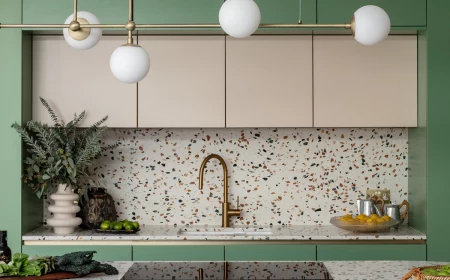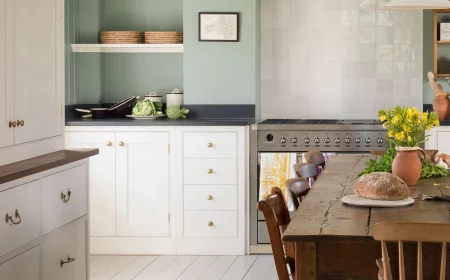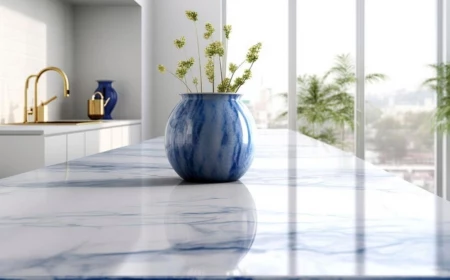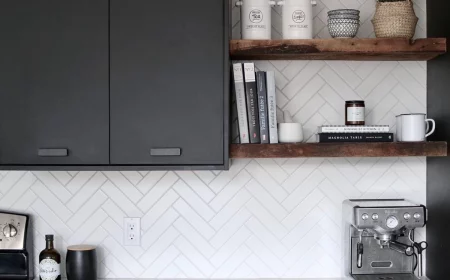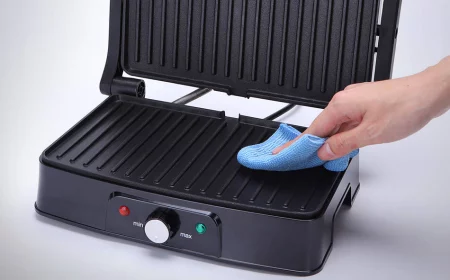Don’t Buy Kitchen Cabinets Until You’ve Read This Insider’s Guide
I’ve spent the better part of my life installing kitchens. I’m talking brand-new builds, quirky old farmhouses, and city condos where every inch counts. In that time, I’ve seen it all—cabinets built to last for generations and, well, kitchens that started falling apart before the new-kitchen smell even faded. The difference almost always boils down to one thing: the quality of the cabinets.
In this article
A kitchen remodel is a huge deal, and it’s so easy to get fixated on the bottom line. Cabinets are a massive chunk of that budget, so the temptation to go for the cheapest option is real. But here’s the thing: “cheap” can mean an affordable, solid value, or it can mean poorly made junk that won’t last. My mission here is to help you find the first kind and steer clear of the second.
Once you understand what actually makes a cabinet good, you can make a smart choice. You can find something that fits your budget without skimping on quality. This guide is basically everything I’ve learned from installing, fixing, and sometimes sadly replacing hundreds of kitchens. Let’s get into it.
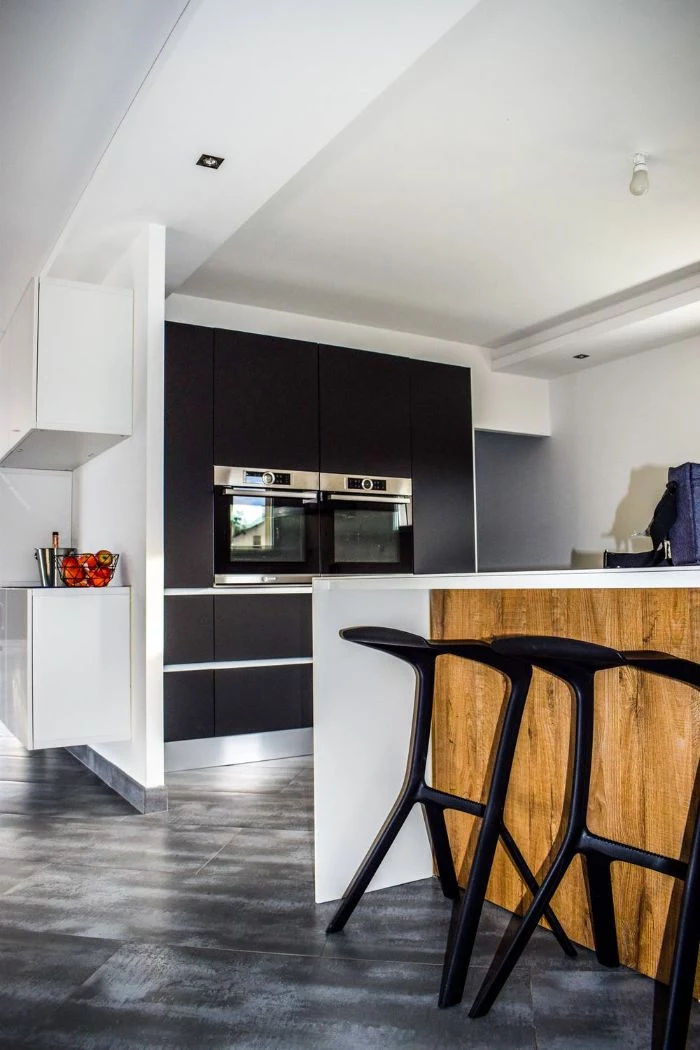
What’s a Cabinet Actually Made Of?
Before you can judge a cabinet, you need to know its parts. When a pro looks at a cabinet, we see way more than a box with a door. We see the materials, the way it’s built, and the hardware holding it all together. Each piece is crucial for how it holds up over time.
The Box (or “Carcass”): The Foundation of Your Kitchen
The cabinet box is the unsung hero. It has to support heavy countertops, hold all your dishes, and stay perfectly square for decades. The material it’s made from is probably the single most important decision you’ll make.
So, let’s break down the big three materials you’ll see. No fancy charts, just the straight goods on what you’re getting for your money.
- Plywood: Honestly, this is the gold standard for cabinet boxes. Good plywood is made of thin wood layers glued together, with the grain of each layer running at a right angle to the next. This makes it incredibly strong and stable. It holds screws tightly and handles moisture way better than the alternatives. For custom jobs, we use furniture-grade plywood. You want at least 1/2-inch thickness for the sides and a beefy 3/4-inch for any shelves holding heavy stuff like stacks of plates. A solid plywood back panel makes a cabinet rock-solid.
- Medium-Density Fiberboard (MDF): MDF is an engineered product made from wood fibers, wax, and resin pressed together. Its superpower is its perfectly smooth surface, which is an amazing base for a painted finish. No wood grain, no expansion or contraction. But—and this is a big but—it’s super heavy and acts like a sponge if any unsealed edge gets wet. I once replaced a sink cabinet where a tiny, slow leak turned the MDF bottom into swollen, crumbly mush. If you go with MDF, you have to make sure every single edge is perfectly sealed, especially around sinks and dishwashers. It’s usually a step down in price from plywood.
- Particleboard (or Chipboard): This is your budget option, made from wood chips and sawdust glued together. It definitely keeps costs down, but it comes with some serious weaknesses. It’s the least strong of the three and doesn’t hold screws well over the long haul. Its number one enemy is water; even a little humidity can make it swell and fall apart. I really advise against using particleboard in wet areas. If it’s the only thing your budget allows, look for high-density versions and make sure it’s completely wrapped in a durable laminate or thermofoil with absolutely no exposed edges.
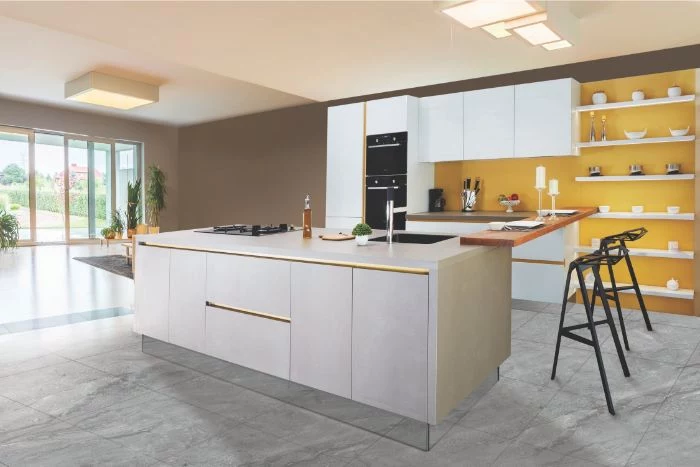
Doors and Drawer Fronts: The Face of Your Kitchen
This is what everyone sees. It’s the style of your kitchen, and it’s also what takes the most daily abuse.
For a classic stained-wood look, nothing beats solid wood. Oak, maple, cherry—they all have a unique, natural beauty. Just know that solid wood breathes; it expands and contracts with humidity. That’s why most wood doors have a frame with a floating center panel. It’s a smart, traditional design that allows for that movement without cracking the door.
Now, this might surprise you, but if you want a painted finish, I often recommend MDF doors. Why? Because it’s perfectly stable. With a painted solid wood door, you’ll eventually see tiny cracks in the paint at the joints as the wood moves. A one-piece MDF door, on the other hand, gives you a flawless, smooth finish that stays that way.
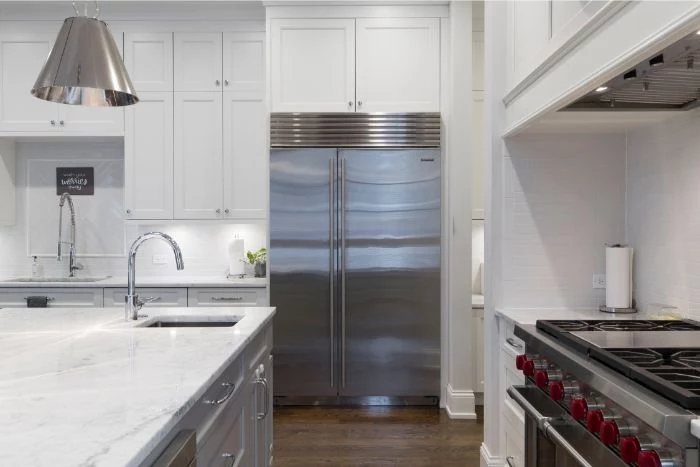
Then there’s Thermofoil. These doors have an MDF core that’s covered in a vinyl-like material. They’re affordable and easy to clean. The catch is their durability. I’ve seen way too many kitchens where the thermofoil starts to peel, especially on cabinets next to an oven, dishwasher, or even a hot-air toaster. Heat and steam are its kryptonite, so if you go this route, be mindful of your appliances and check the warranty.
Hardware: The Parts You Touch Every Day
Good hardware is a game-changer. You use it constantly, and cheaping out here is a recipe for daily frustration.
For hinges, look for soft-close. They stop doors from slamming, which saves a lot of wear and tear. They used to be a luxury upgrade, but now they’re pretty standard on decent cabinets. The pros use reputable brands that are fully adjustable, letting you get your door alignment perfect.
Drawer glides are even more important. Insist on full-extension glides that let the drawer pull all the way out. Undermount glides are a mark of quality—they’re hidden beneath the drawer and give you a smoother ride. And soft-close is just as great for drawers as it is for doors. Quick tip: Check the weight rating. A glide rated for 75 or 100 pounds will feel so much more solid than a flimsy 30-pound one, especially for those big pot-and-pan drawers.
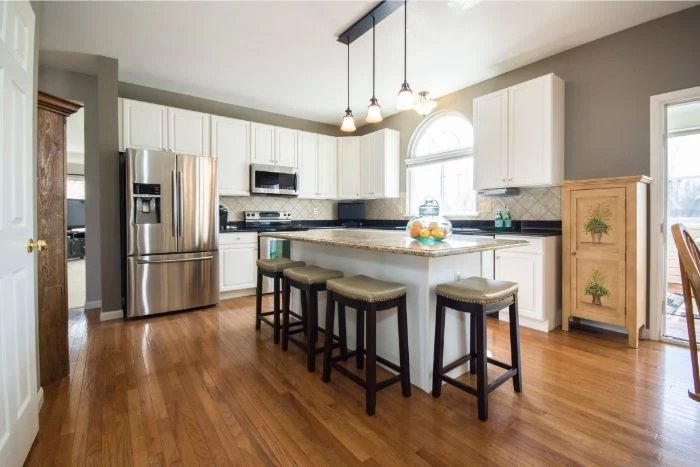
Where to Shop for Cabinets (and What to Expect)
Great cabinets don’t just live in fancy showrooms. You can find amazing value if you know what you’re looking at. But first, let’s talk real numbers, because that’s what you really want to know, right?
So, What’s the Real Cost?
To compare apples to apples, the industry uses a standard
Inspirational Gallery
Ready-to-Assemble (RTA): These are the flat-pack heroes of budget renovations. You save significant money on labor by building the cabinet boxes yourself. Quality can vary wildly, so look for brands that use plywood construction and reliable hardware, not just particleboard.
Pre-Assembled: Delivered to your door as a complete cabinet box, these are ready for installation. The construction is often more robust as it’s done in a factory with specialized equipment, ensuring perfectly square and durable units. This is a great middle-ground between RTA and full custom.
The best choice depends on your budget, timeline, and DIY confidence.
The National Kitchen & Bath Association (NKBA) found that for a major kitchen remodel, cabinets typically account for 28% of the total cost—the largest single expense.
This statistic highlights why understanding cabinet construction is so crucial. Making a smart choice here doesn’t just impact your day-to-day use; it’s the biggest factor in protecting your home’s resale value and ensuring your investment pays off for years to come.
When you’re testing cabinets in a showroom, don’t just open and close a door. Pay attention to the hardware—it’s the part that does all the work. Here’s what to look for in high-quality hinges and glides:
- Full Extension: Can you pull the drawer all the way out to see what’s in the back? This is a non-negotiable for functional base cabinets.
- Soft-Close Mechanism: Look for a smooth, silent close, not a jerky or sudden stop. Premium brands like Blum or Grass are known for their reliable, hydraulic soft-close systems.
- Adjustability: Good hinges allow for small adjustments up, down, left, and right, which is essential for getting perfectly aligned doors.
What’s the difference between inset, partial overlay, and full overlay doors?
It’s all about how the cabinet door sits on the cabinet frame, and it dramatically changes the look. Full overlay doors cover the entire cabinet face, creating a seamless, modern look popular in European-style kitchens. Partial overlay doors leave part of the frame visible, a common and cost-effective style. Inset doors, however, sit flush *inside* the cabinet frame. This is a classic, high-end look that requires precise craftsmanship, making it the most expensive option, but it delivers an unmatched, furniture-quality aesthetic.
If you see one style dominate kitchen design year after year, it’s the Shaker door. Defined by its simple, clean frame-and-panel construction, its beauty lies in its versatility. It can look traditional and cozy in a warm wood finish, or sharp and contemporary when painted in a bold color like navy blue or charcoal gray. It’s the little black dress of kitchen cabinets: timeless, adaptable, and always in good taste.
- Eliminates the clatter and chaos of slammed drawers.
- Reduces wear and tear on the cabinet frames over time.
- Keeps contents from shifting and breaking inside.
The secret? Integrated soft-close drawer glides. Once considered a luxury upgrade, they are now a standard feature in most mid-range and high-end cabinet lines, and they are one of the small details that makes a kitchen feel truly premium.
Don’t forget the finish: A cabinet’s finish is its first line of defense against grease, steam, and spills. A high-quality painted finish should feel smooth and hard, not tacky. Look for factory-applied, catalyzed conversion varnish, which creates a durable, non-porous surface that’s much tougher and easier to clean than standard paint applied on-site. For wood cabinets, check that the stain is even and the protective topcoat is clear and consistent across the entire piece.
A well-designed kitchen is a safe kitchen. The leading cause of kitchen injuries isn’t cuts or burns—it’s falls from climbing on counters to reach high cabinets.
This is why modern kitchen design emphasizes accessible storage. Consider incorporating a full-height pantry with pull-out shelves or installing drawers in your base cabinets instead of standard cupboards with fixed shelves. These solutions bring the contents to you, making everything easier and safer to reach.
The two-tone kitchen trend is more than just a fleeting style; it’s a clever design trick. Using a different color for the island or the base cabinets creates visual interest and can make a space feel larger.
- To ground the space: Use a darker color for the lower cabinets (like a deep green or black) and a lighter color (like white or a pale wood) for the uppers. This draws the eye upward and makes the ceiling feel higher.
- To create a focal point: Keep the perimeter cabinets neutral and paint the central island in a vibrant, contrasting color.
Are custom cabinets always the best option?
Not necessarily. While custom offers unlimited flexibility in size and style, high-quality semi-custom or even stock cabinetry from a reputable manufacturer can be a fantastic choice. Semi-custom lines like those from KraftMaid or Schrock offer a wide array of modifications, finishes, and storage solutions at a more accessible price point. The key is to prioritize a plywood box and quality hardware, which are often available as upgrades in non-custom lines.
